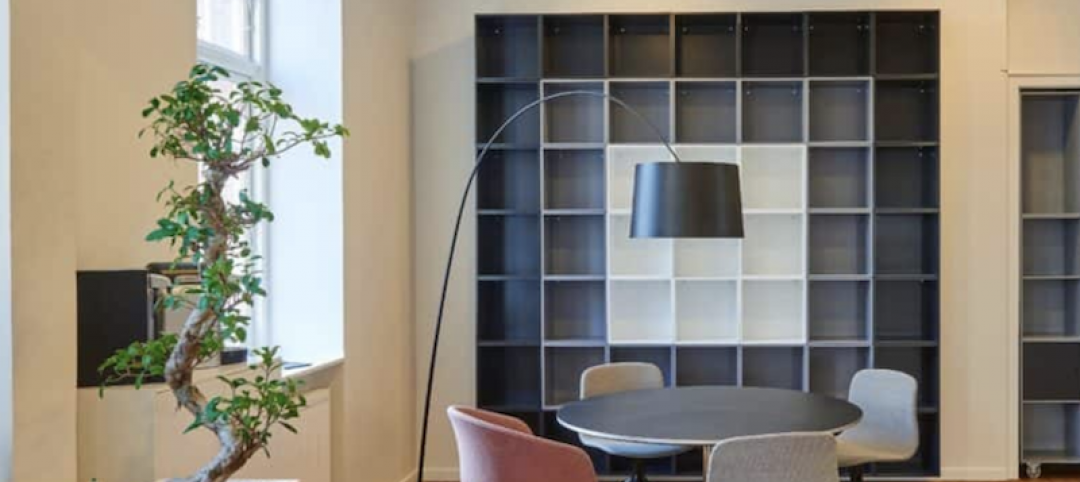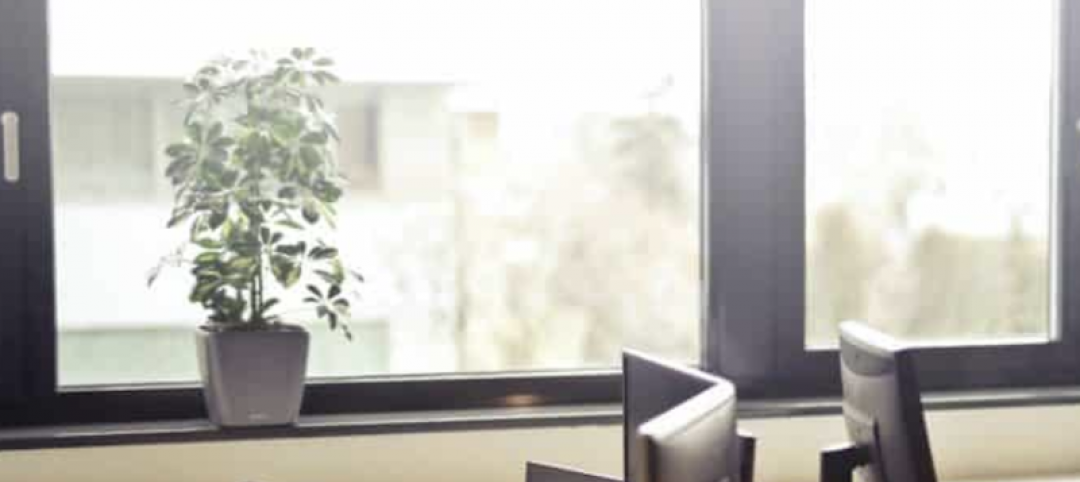There has been an observable series of changes throughout the history of the built environment. The changes moved slowly at first and now are exploding with innovative concepts. And all this change has been in the context of the powerful relationship between humans and nature.
And now the rapidly changing approach to the built environment is stumbling over rating systems on its way to provide a more harmonious connection between people, their buildings, and the environment.

Look back to look ahead: Coping with nature
- Early humans: Buildings are survival tools
- Neolithic revolution: Buildings help us harvest nature
- Industrial revolution: Buildings lose their symbiotic relationship with nature and are used to exploit nature
- Post-Industrial revolution: Buildings minimize the impact on nature. The green building movement is born!
- Third Millenia: Buildings are survival tools. Buildings improve nature. Buildings are wellness tools.
With the environmental movement, sustainability became a marker of innovation in design for the built environment. No longer were the most successful projects defined exclusively by functionality, inspiration, and economy.
Along the way, rating systems emerged as the rational method to back-check the safety and sustainability of the built environment. Building codes and local regulations combine with rating systems to establish and enforce a standard that can be trusted. LEED was one of the first and most influential market transformations, and now LEED is joined by a fragmented field of rating systems including WELL, LBC, ENERGY STAR, Salmon Safe, RELi, and many more.
This fragmentation of rating systems and performance standards forces architects, designers, and developers to make tough decisions about priorities. What is more important: the environment? Human performance? Climate resilience and recovery from natural disasters?

A look ahead: Becoming Nature
Building industry leaders are learning to integrate the key strategies behind the rating system and code requirements to realize more than a fragmented result – and to benefit people, profits, and the planet in one gesture.
Thanks to extraordinary building design that brings us closer to nature, architects can design buildings that enhance the natural environment and protect people from extreme climate events – all while improving human health, performance, and happiness. Biophilic design, biomimicry, and mitigation of nature-deficit disorder are each emerging concepts that point to the next evolution in the human-buildings-nature relationship.

A Paradigm Shift comes to rating systems
The change to an abundant human-buildings-nature relationship won’t happen overnight. And the market confusion around rating systems is a hurdle, rather than a helper. The data demonstrates that biophilic design and design for wellness improve the human experience, but there is a delayed reaction across the real estate industry. Here are four changes to the standard approach that can bring biophilic design to the forefront:
- Elevate the function of Place and Culture in the design process by analyzing ecosystem services and biophilic principles early development planning stages.
- Bring a broader set of scientific and social disciplines to the real estate development table.
- Synthesize the studies on wellness and the built environment so they can be understood and properly applied.
- Use rating systems as a back-check, and not a driver, of building design outcomes
Conclusion
Once we see the connections between nature and our human-built environment, we can embrace opportunities for design integration and achieve benefits that are not isolated to a single economic, health, environmental, or resiliency goal. By understanding how to integrate seemingly disparate sustainability goals (or hiring someone who does!), architects and developers can use extraordinary building design to achieve harmony between humans, nature, and our built environment. That’s Abundance!
More from Author
Paladino | Jan 10, 2022
The future of regenerative building is performance-based
Why measuring performance results is so critical, but also easier said than done.
Paladino | May 26, 2021
Injecting embodied carbon capability into the integrated design and construction process
Embodied carbon is defined as the carbon footprint of a material, and is expressed in metric tons of CO2e.
Paladino | May 12, 2021
Climate modeling for a resilient business and future
This post explores changes that developers and their teams need to make to their risk and resilience strategies by climate modeling for climate change.
Paladino | Apr 26, 2021
Building performance requirements are coming: Are you ready?
Building Performance Requirements are trending nationwide and are likely coming to a county near you.
Paladino | Feb 8, 2021
Six lessons learned from our first Fitwel Viral Response Module certification
The Fitwel Viral Response Module is one of several frameworks that real estate owners and operators can use to obtain third-party certification for their efforts ensuring their properties are ready for a safer and healthier return to work.
Paladino | Jan 14, 2021
Shift your energy to carbon
Now is the right and necessary time for the commercial real estate industry to shift its environmental strategy from just energy, a carbon contributor, to carbon itself.
Paladino | Nov 13, 2020
5 tips when designing for daylight
Daylight modeling is a tool to examine how daylight interacts with a building, and how that natural light behaves within interior spaces.
Paladino | Jul 16, 2020
COVID readiness: IWBI and USGBC seek to help businesses quantify risk
In an effort to address the risks of COVID-19 at the building scale, USGBC and IWBI have analyzed existing certification guidelines and drafted new, relevant content.
Paladino | Jun 5, 2020
3 strategies to improve the wellness of building systems and gain tenant trust
Three operational issues that must be prioritized for every building in order to achieve tenant trust are air quality/ventilation, relative humidity, and building commissioning.
















